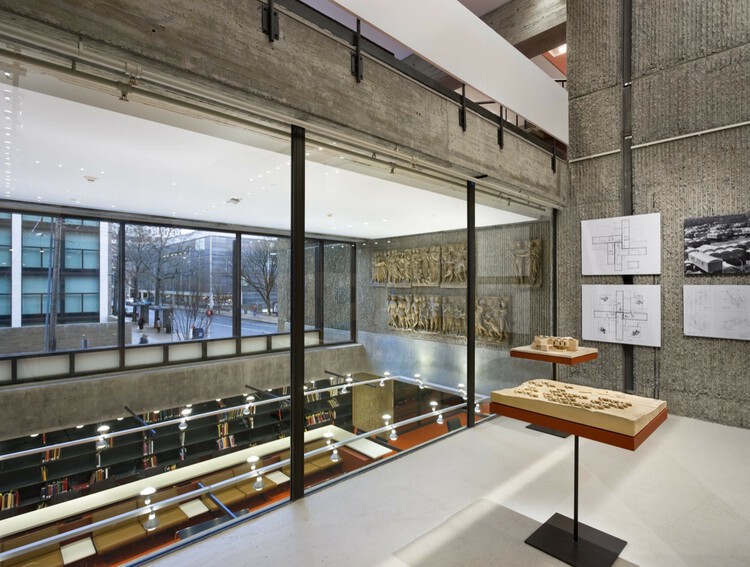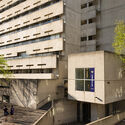 Yale Art + Architecture Building. Image Courtesy of gwathmey siegel & associates architects
Yale Art + Architecture Building. Image Courtesy of gwathmey siegel & associates architects
Share
Share
Or
https://www.archdaily.com/1031649/forming-a-distinct-identity-how-brutalism-shaped-american-architecture-education
By the mid-nineteenth century, American universities began to distinguish architecture from civil engineering and the applied sciences formally. Architecture was emerging as a discipline defined by both technical competence and conceptual inquiry, spatial imagination, and cultural agency. As this disciplinary identity evolved in the postwar decades, its built expression coalesced into the emerging architectural language of Brutalism.
The post–World War II expansion of American higher education, driven by federal investment and social demand for mass access, created an urgent need for new academic facilities. Within this climate of institutional growth, architecture schools sought greater disciplinary visibility and presence. Brutalism, with its exposed concrete surfaces, unapologetic massing, and structural clarity, became the preferred medium through which architecture could assert its autonomy. Its material and formal choices offered a counterpoint to the instrumental aesthetics of engineering buildings, signaling a commitment to design as a mode of critical engagement.





